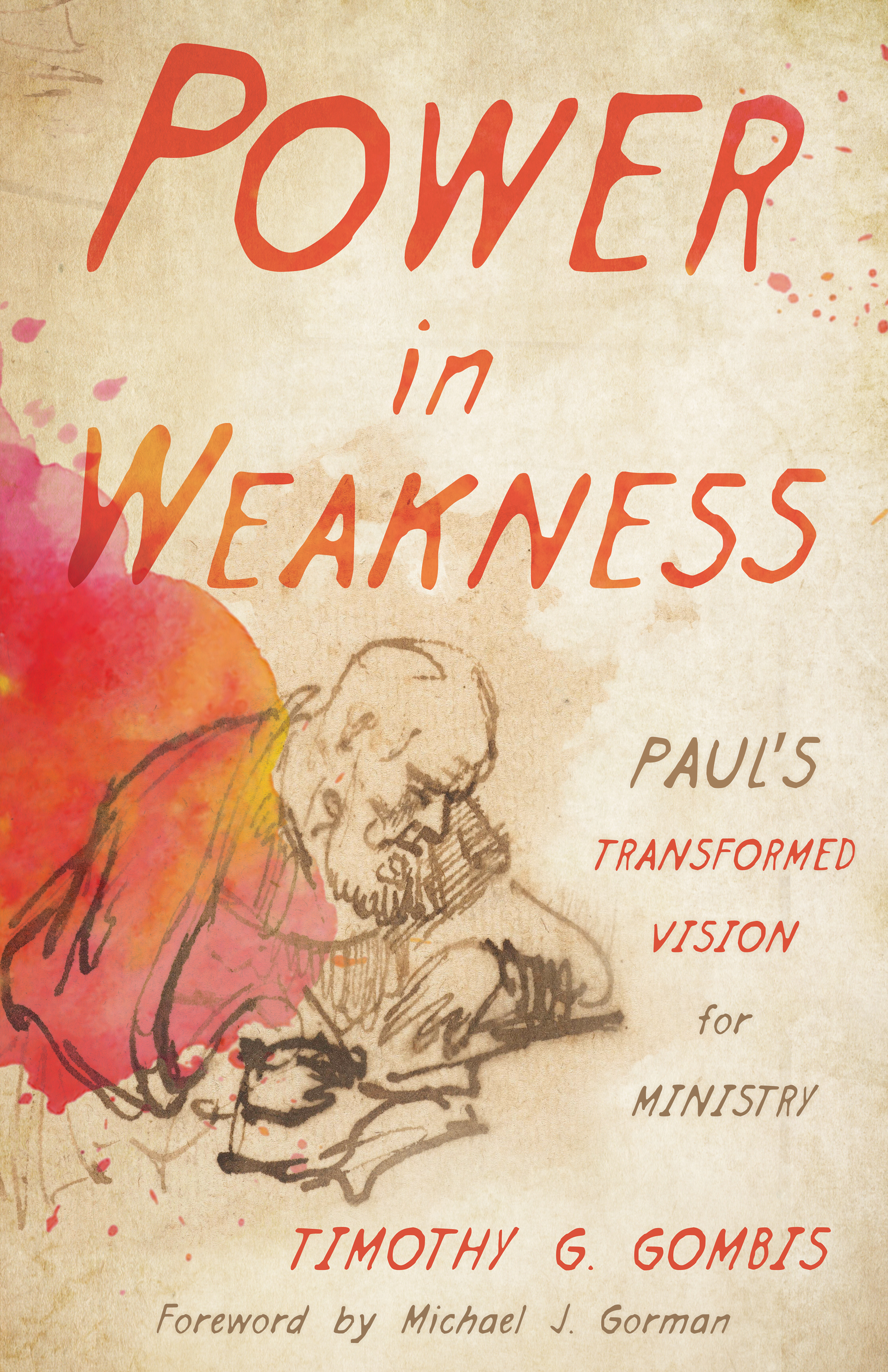What do you think?
Rate this book


192 pages, Paperback
Published February 2, 2021
At 184 pages, Power in Weakness is small, but its potential to reshape the pastoral imagination is large.
In the Introduction, Gombis highlights four key features of his approach to the topic:
First, he reflects on “the changes that took place in Paul’s approach to ministry after his conversion.” This might strike some readers as strange. Did Paul have a pre-conversion approach to ministry? Yes! According to Gombis, “Paul was vigorously engaged in attempting to bring about resurrection in life for God’s people on earth.”
When Jesus entered the very resurrection life Paul so assiduously sought, the content and manner of Paul’s ministry had to change. Paul’s ministry became “cruciform,” that is, cross shaped.
Gombis acknowledges his debt to Michael J. Gorman, who wrote the book’s Foreword, for the term cruciform. Gombis writes, “Cruciformity has a ‘narrative pattern,’ identifying the movement of Jesus from having all privileges to his refusal to exploit them for gain to his self-expenditure and his willingly going to the point of death on a cross.” That is the weakness God fills with His own power.
Second, Gombis situates the Church’s ministry “within a cosmically contested situation.” For Paul, as for other Jews of his day, there is more to life than the human and mundane.
Prior to the Damascus Road, Paul believed the coming Messiah would immediately overthrow His enemies and establish God’s kingdom with all its benefits. After the Damascus Road, Paul realized Christ inaugurated God’s kingdom in the midst of “this age” and will consummate “the age to come” at His Second Coming. The Church now lives in tension between those two ages.
Third, for Gombis, the Church is “the place on earth where God resides.” That is to say, “The very power that raised Jesus from the dead now fills and pervades churches that gather in the name of Jesus.” Consequently, churches cannot act as if they are simply one social organization among many others. They are unique and must live out the distinctiveness of their cruciform calling in the midst of a dying world.
Fourth, Gombis “goes beyond mining the ‘Pastoral Epistles’ … to reflect theologically on the entire New Testament portrait of Paul.” This is where the rubber meets the road, where we see how Paul’s theological vision shaped his pastoral practice.
Gombis focuses especially on the temptations of “coercive power,” “image maintenance,” and “credential accumulation.” He also notes how cruciformity changes the way pastors approach preaching, church discipline, “big” sins, and personal limitations.
Even the definition of leadership changes, according to Gombis:
"While we may speak of pastoral ministry in leadership terms, we would do well to be watchful for the worldly ideologies and practices that may be contained in the language. The pastoral task involves nurture and cultivation of communities to take the corporate shape of the cross so that they put themselves in a position to draw upon the life of God as he pours out resurrection power among them."
I highly recommend Power in Weakness to pastors. As ministers of the gospel, our theology needs to shape our practices if our ministries are to have integrity. Timothy G. Gombis adeptly shows how Paul modeled such integrity.
I would not recommend pastors read this book alone, however. Read it with the church members you labor alongside, especially board members and key volunteers. It is not just the pastor’s ministry vision that needs transformation, after all. It is the whole church’s.
Book Reviewed
Timothy G. Gombis, Power in Weakness: Paul’s Transformed Vision for Ministry (Grand Rapids, MI: Eerdmans, 2021).
P.S. If you liked my review, please click “Helpful” on my Amazon review page.
P.P.S. I wrote this review for InfluenceMagazine.com. It appears here with permission.